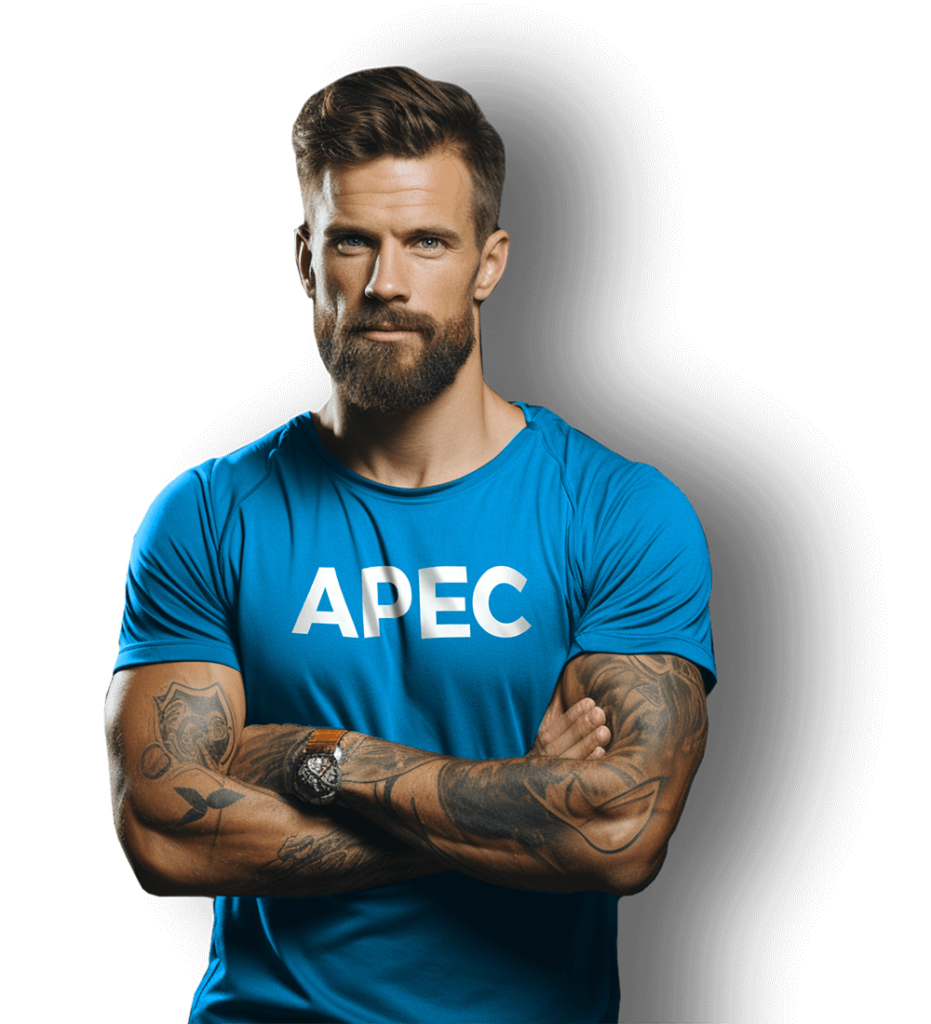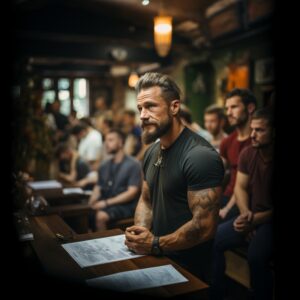
Become industry-ready
- Diploma and Certification
- Confidence to actually coach
- All the knowledge and hard earned secrets from leading experts
- International recognition
- Accredited by the best

Online & In-person learning
- Blended learning model
- Award-winning e-learning platform
- Self-paced study options
- Optimized for all devices
- Interactive, animated content for clarity and understanding
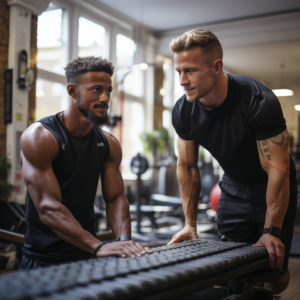
Career guidance & progressions
- Post-course career assistance
- CV analysis
- Preparation for the interview
- Mock interviews and feedback
- Networking opportunities with industry professionals
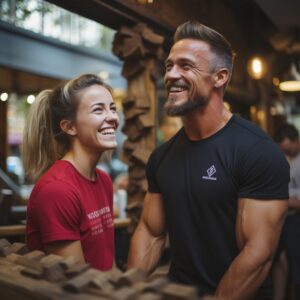
Soft skills development
- Master the art of effective communication with your clients
- Develop proficiency in voice pitch, tone, and body language
- Learn to assist people in breaking personal habits and improving motivation
Frequently asked questions (FAQ)
Our course stands out as more cost effective compared to other providers due to our efficient use of technology and the innovative blended learning format. By leveraging our award-winning education platform, we significantly reduce overhead expenses, such as renting physical spaces for classes. These cost savings enable us to offer our students a more affordable option without compromising the level and quality of our course content. Our commitment to providing accessible and high-quality education remains unwavering
Absolutely! Upon successful completion of our course, you will attain full qualification as a personal trainer. With this qualification, you will be fully equipped to begin your journey as a professional personal trainer and start working with and training clients confidently.
Yes, without a doubt. APEC’s Diploma in Personal Training holds international recognition. This means that your qualification will be acknowledged and valued in various countries worldwide. Whether you intend to work locally or explore opportunities abroad, you can rest assured that your certification will be esteemed in the global fitness industry.
Absolutely! Achieving your dream of becoming a personal trainer has never been more accessible.
Reviews from Our Students
-
Fantastic material and great way of hybrid mode to study. The coaches/teachers were amazing and I have learned a lot from them. I strongly recommend APEC and their Diploma in... read more PT. Thank you all.

Jefferson Rosa
August 18, 2023Combination of online and in person learning has been amazing. Workshop was so helpful, the lads are so well spoken and knowledgeable. Would absolutely recommend

Shelly O'Riordan
August 18, 2023Everything you want from a course. Easy to follow online modules and can't speak highly enough about the workshop. Would recommend the lads to anyone whether it's beginning as a... read more pt or upskilling the lads have you covered from start to finish.

shane Finnegan
August 18, 2023 -
Top quality. It's a great advantage to have the online learning but then to marry it all together in the practical workshop, it really brings it to life. Great examples,... read more experience and q&a from the coaches.

Fran Lee
August 18, 2023 -
Recently past my PT course really enjoyed working with the trainers very helpful and will take their time out to help and make sure you understand what to do definitely... read more going back again for a few refresher courses in the future

Carl Stanley
May 18, 2023 -
I had a great time doing the work shop and the online corse went really in depth about the various topics it had. Over all a really great learning experience

Fionn Mckeown
March 18, 2023The In person workshop was a great experience for me, the crowd from APEC were very kind and very professional, same goes for the other people there who were there... read more for their workshop also. Throughout the workshop for both days I managed to learn a lot of new things also

Damo Lifts
March 18, 2023 -
I recently completed the Diploma in Personal Training with APEC and was thoroughly impressed. From the very beginning the course was engaging and enjoyable. The flexibility to study at my... read more own pace, fantastic tutors and support, professional course delivery, and amazing value for money made for an exceptional experience. The course was well planned and I highly recommend APEC for anyone looking for a top-notch education.

Stewart Gilbert
February 18, 2023Just finished the 2 day personal training practical workshop. And the lads made us all feel very comfortable from start to finish. Really enjoyed the weekend and can't thank the... read more lads enough 🙌🏽

jordan jarrett
December 18, 2022 -
Would definitely recommend, great course info/structure, the workshop was really well put together too.

Craig Fitzgerald
December 18, 2022Just finished the Level 4 PT accredited. It is a really good course with very nicely structured plan and a lot of information for your future career. The final workshop... read more contained the most important things we studied theoretically and the exams was practical one-on-one training session. The 1 missing star is because the anatomy could have been done better and deeper and I would incorporate couple of practical sessions. 🙂 Very satisfied otherwise.

Veronika Leginusová
October 18, 2022 -
Fantastic courses, really informative. Instructors are really helpful both in online response and in person. Really enjoyed the workshop and hopefully I’ll get to continue my education with Apec

Dan Tynan
September 18, 2022Hi all ,I would like to recommend APEC , to anyone that wants to start their coaching career , here at APEC I got a great experience and in... read more a friendly atmosphere I learned so much , everyone was so helpful and all topic we have discussed were presented in a clear and understandable way. Thanks to Shane and Alex for their great ,work , I will definitely be back for more courses with APEC .

Bo Jaskiewicz
September 1, 2022 -
I did the Personal Training/Fitness Instructor course with APEC and I found it very informative and convenient for myself as most of the course is online. Great for people that... read more work and want to get into Personal Training. The coaches were very helpful and professional throughout the course.

Lizzie Lowther
September 1, 2022Absolutely amazing course, great course leaders, and a lot of detail involved, really enjoyed the 2 day course, and would definitely recommend!! Shane and Alex where very good at teaching... read more and demonstrating exercises!

Shannon Molloy
July 18, 2022 -
Just finished the APEC Practical course for PT Level 4 Diploma. Brilliant course. Alex and Shane were great tutors. They explained everything clearly with practical application. Two very approachable people... read more who spent time making sure we understood what they were teaching. Highly recommend this course.

Nicola Rea
July 18, 2022Really enjoyed my time on the course, Alex and Shane were really approachable and friendly, always were very professional and provided easy to follow demonstrations.

Austin Murphy
July 18, 2022The PT workshop was simply awesome 👍👌👏 Alex and Shane are not only amazing coaches but also very patient, friendly and super helpful. I learned so much this weekend from... read more them that I feel super confident now to become a PT. Thank you so much Apec and special thanks to Alex and Shane.

Graciela Loftus
July 18, 2022 -
I did the Strength and Conditioning diploma, I found the content was delivered really well, and the staff were so helpful if I needed any help or guidance. The workshops... read more were so interesting and fun and really put us through our paces. Will definitely be doing more of their courses in the future.

Sarah Dermody
July 18, 2022I have completed my 3rd diploma from APEC. All the lads were super helpful and answered any questions that needed to be answered very quickly! The practical days were very... read more helpful, while also being enjoyable. I recommend all three diplomas, which are the personal training, strength and conditioning and performance nutrition diplomas, as there is all different learning outcomes from each diploma. I can’t thank the lads enough as they really helped me to become a better coach and would highly recommend APEC.

Rob Hynes
July 18, 2022I would highly reccomend APEC Courses . I found the course content of high quality and very easy to follow. The feedback and help available from the team were 1st... read more class and anytime I had a question or problem it was dealt with immediately.

Chris Hunt
July 18, 2022
-
Fantastic material and great way of hybrid mode to study. The coaches/teachers were amazing and I have learned a lot from them. I strongly recommend APEC and their Diploma in... read more PT. Thank you all.

Jefferson Rosa
August 18, 2023 -
Everything you want from a course. Easy to follow online modules and can't speak highly enough about the workshop. Would recommend the lads to anyone whether it's beginning as a... read more pt or upskilling the lads have you covered from start to finish.

shane Finnegan
August 18, 2023 -
Top quality. It's a great advantage to have the online learning but then to marry it all together in the practical workshop, it really brings it to life. Great examples,... read more experience and q&a from the coaches.

Fran Lee
August 18, 2023 -
Recently past my PT course really enjoyed working with the trainers very helpful and will take their time out to help and make sure you understand what to do definitely... read more going back again for a few refresher courses in the future

Carl Stanley
May 18, 2023
We are so confident that this course will be your best investment that if you are not completely satisfied, we will return your money.
